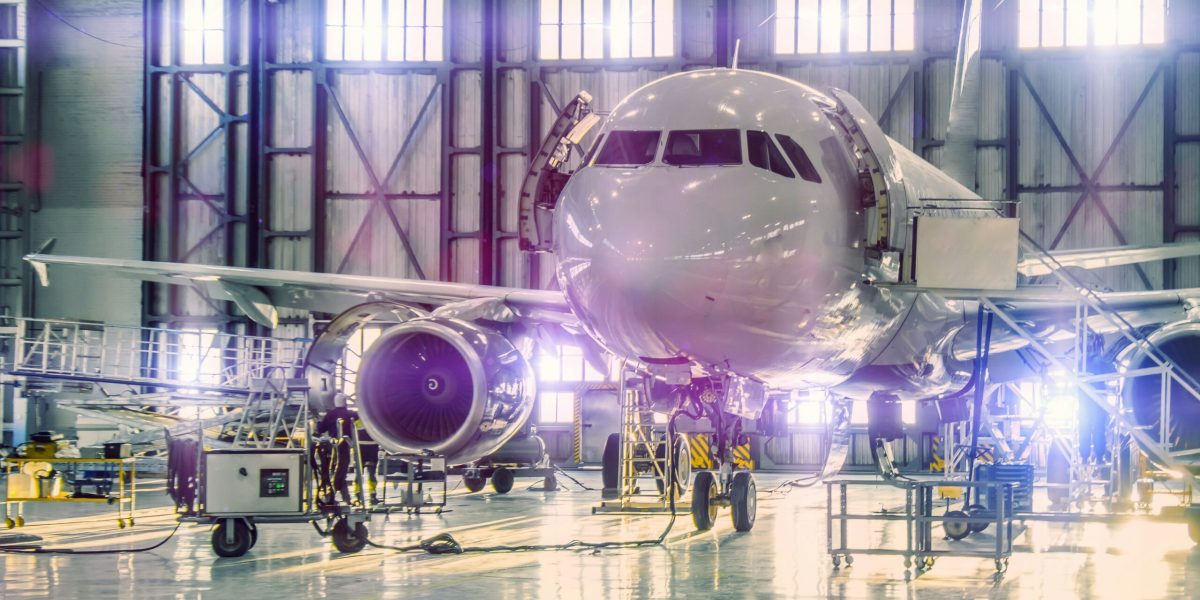As the world continues to grow and evolve, the way we travel is undergoing a massive transformation. Transportation and infrastructure have become central to global development, with rail and aviation technologies playing a key role in shaping the future. From high-speed trains to the development of advanced aircraft, these innovations are pushing the boundaries of what’s possible in the transportation industry.
The development of modern transportation systems is not only about increasing efficiency but also about improving safety, reducing environmental impacts, and making travel more accessible. The growing demand for sustainable solutions and the ongoing investment in infrastructure are leading to breakthroughs that could dramatically alter the way people and goods move across cities and countries.
How Are Rail Technologies Changing the Future of Travel?
Rail transportation has long been an essential part of global infrastructure, providing a reliable and efficient method of moving both people and goods. However, in recent years, there has been a significant push toward improving and modernizing rail systems around the world. High-speed trains, such as the famous Shinkansen in Japan and the TGV in France, have already set the bar for fast, safe, and energy-efficient travel.
The innovation doesn’t stop there. Magnetic levitation (maglev) trains, which use magnets to propel the train above the tracks, are being developed and tested in various parts of the world. These trains can reach speeds of over 300 mph, significantly reducing travel time and making rail an even more competitive option to air travel. The potential for hyperloop technology, a concept of near-sound-speed transportation using vacuum tubes, is another frontier that could revolutionize rail transportation on a global scale.
Governments and private companies are also exploring ways to improve the environmental sustainability of rail systems. Electrification of rail lines, for example, is already underway in many countries, reducing reliance on fossil fuels. The move to green technologies aims to decrease carbon footprints and reduce emissions, making rail travel not only faster but also a more eco-friendly option.
Beyond just speed and environmental concerns, rail networks are becoming more integrated with urban development. Cities are expanding their rail systems to connect suburban and rural areas more efficiently to metropolitan hubs. This creates a more seamless travel experience for commuters and long-distance travelers alike, while also reducing road congestion and urban sprawl.
How Is Aviation Technology Evolving?
The aviation industry is also experiencing significant shifts as it adapts to new technologies and environmental pressures. One of the most exciting developments in aviation is the push for electric and hybrid aircraft. These technologies aim to reduce the carbon emissions associated with air travel, which is one of the largest contributors to global warming. Electric aircraft could drastically reduce fuel consumption, leading to greener flights and the potential for more affordable travel in the future.
Another key development in aviation is the focus on urban air mobility (UAM). This concept includes the use of small, electric aircraft, such as drones and flying cars, to transport people and goods within cities. Companies are already working on prototypes of these flying vehicles, and while they’re still in the early stages, UAM has the potential to alleviate road congestion and provide more efficient transportation options within densely populated urban centers.
At the same time, commercial aviation is embracing sustainability with innovations such as lighter aircraft materials, more fuel-efficient engines, and improved aerodynamics. Many of the world’s largest airlines are investing in new fleets that produce fewer emissions and use alternative fuels. There is also an ongoing effort to optimize flight paths and air traffic control systems to minimize delays and reduce fuel consumption, making air travel more sustainable.
The race to develop supersonic aircraft is also gaining momentum. Companies like Boom Technology are designing supersonic jets that promise to cut flight times in half, making long-distance travel faster and more accessible. While these planes are still in the design phase, the possibilities for transforming international travel are exciting.
How Are Global Transportation Networks Becoming More Connected?
The integration of rail, aviation, and other modes of transportation is at the heart of future infrastructure planning. Modern transportation systems are becoming increasingly interconnected, allowing for smoother transitions between different forms of travel. High-speed rail stations, for example, are being built at or near airports, providing easy access for passengers to switch from planes to trains without hassle. This creates a more unified travel experience, where individuals can seamlessly move between cities and countries using a combination of rail and air transport.
Technology is playing a crucial role in this integration. Smart transportation systems are emerging to help coordinate and manage the flow of traffic across various networks. This includes digital ticketing, real-time updates, and coordinated schedules between trains, planes, and buses. As the demand for fast, reliable, and affordable travel continues to grow, countries are investing in infrastructure projects that combine multiple transportation technologies into one seamless system.
In the future, autonomous vehicles, including self-driving cars and drones, could further enhance the connectivity between rail and aviation. These vehicles could transport passengers from their homes to train stations or airports, eliminating the need for personal cars and reducing traffic congestion. The last-mile problem, where travelers struggle to reach their final destination after using public transport, is being addressed with the rise of these connected transport options.
Internationally, efforts to improve transportation networks in emerging markets are also underway. Many developing countries are investing in both rail and aviation technologies to increase connectivity, boost economic growth, and improve overall mobility. As these nations modernize their infrastructure, they are leapfrogging traditional methods of transportation and adopting more advanced technologies right from the start.
The global transportation system is being reshaped by these technological innovations, creating more efficient and sustainable ways for people and goods to move around the world. This will not only improve the speed and accessibility of travel but also contribute to a more interconnected and sustainable future for global transportation.
The Role of Public and Private Investment
Public and private investments are crucial in realizing the potential of advanced rail and aviation technologies. Governments worldwide are allocating significant resources to infrastructure projects, while private companies are driving technological innovation in both industries. The collaboration between these two sectors is essential for overcoming the challenges of implementing these advanced technologies on a global scale.
For example, countries like China and Japan have heavily invested in high-speed rail systems that have revolutionized travel within their regions. Similarly, private companies are working with airlines to develop more fuel-efficient and sustainable aircraft. The growth of public-private partnerships (PPPs) is accelerating the pace of development and enabling the deployment of advanced technologies in transportation and infrastructure.
As both rail and aviation technologies continue to evolve, we are witnessing the dawn of a new era in transportation. With innovations aimed at improving speed, sustainability, and efficiency, the future of global travel looks bright. The interconnectedness of transportation networks and the integration of new technologies will help shape the way we travel, making it easier, faster, and more environmentally friendly.














